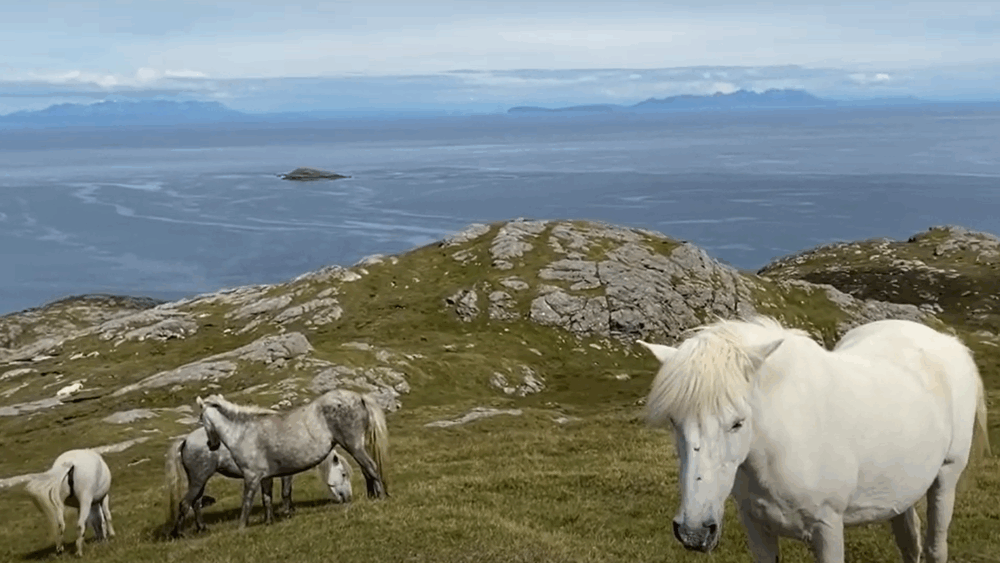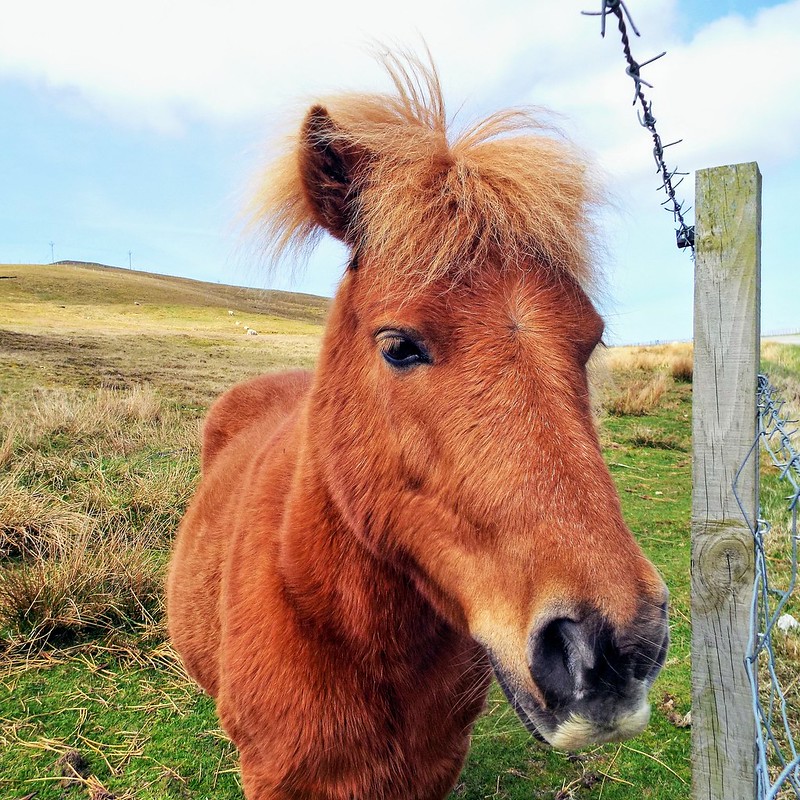Find more funding
There are many other organisations who may be offering funding that will help you, and our handy funding search tool brings them all together.
Recent wildfires in the Highlands and Western Isles have devastated over 11,000 hectares of moorland, prompting calls for improved land management strategies. Among the solutions being explored is the use of native grazing animals, including the critically endangered Eriskay ponies and hardy Shetland ponies, whose ecological roles may be more vital than previously understood.
A new study published in the scientific journal Frontiers in Ecology & Evolution highlights how semi-wild horses, through natural grazing, can reduce wildfire risk and boost biodiversity in Mediterranean landscapes. While the research was conducted in Portugal’s Greater Côa Valley, its implications resonate strongly in Scotland, where semi-wild native ponies are considered effective proxies for wild horses and where similar terrain, climate change and biodiversity loss challenges exist.

The study has found that grazing by free-roaming horses reduce natural fire hazards in the landscape by lowering grass height and density. Additionally, their trampling and selective feeding patterns help create diverse habitats that support pollinators and native flora. Free-roaming horses also help to create a mosaic of nature-rich habitats by breaking up grasslands and forming wallowing areas, enhancing landscape diversity. Their movements contribute to the spread of plant species and serve as natural fertilisers, enriching soil ecosystems. These ecological services also come with socio-economic benefits. The presence of iconic horse breeds in open landscapes can foster the growth of nature-based tourism, strengthening local economies and deepening public engagement with rewilding.
Scotland’s Rural College (SRUC), a partner in the study, is now exploring how these findings could be adapted to Scottish conditions. With native breeds like the Eriskay pony and the Shetland pony, researchers see potential for conservation grazing to become a cornerstone of wildfire prevention and ecological restoration. SRUC’s Hill and Mountain Research Centre is particularly focused on how native herbivores can support rewilding efforts, restore degraded peatlands, and maintain open landscapes that are less prone to fire outbreaks.

As Scotland faces the dual challenges of climate change and biodiversity loss, integrating native ponies into land management strategies could offer a win-win: preserving endangered breeds while enhancing the resilience of rural landscapes.
Read the report from Rewilding Europe HERE
There are many other organisations who may be offering funding that will help you, and our handy funding search tool brings them all together.